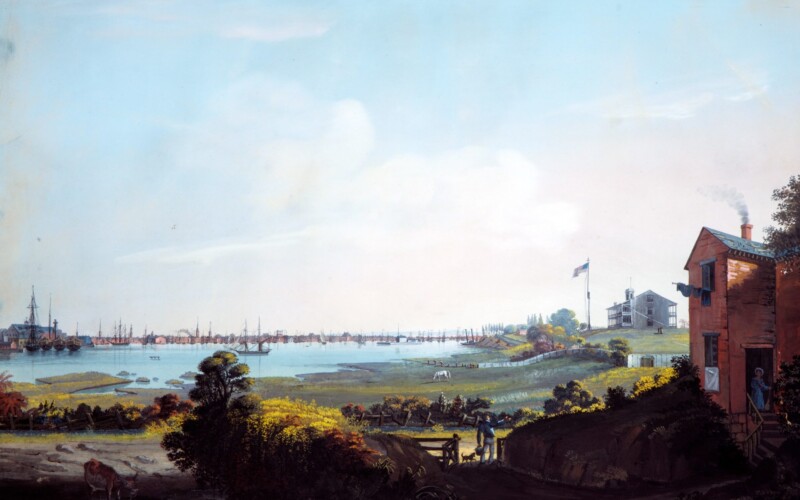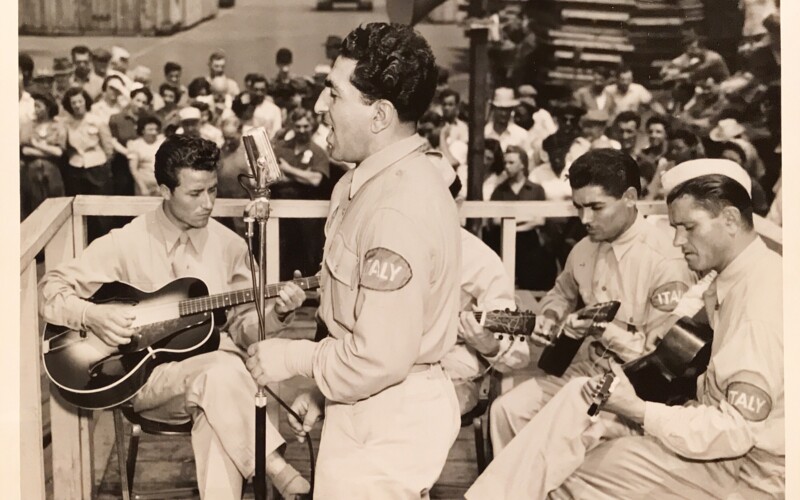We have experience hosting a range of audiences, from college classes to birthday parties to company outings, and we customize our tours to meet your group’s interests and needs.
Book a private tour today
In 1835, Naples-born painter Nicolino Calyo arrived in New York, and over the next 20 years, he produced a body of work that captured both the grandeur and minutia of …
Read more

During World War II, nearly half a million Axis prisoners of war were held in the United States. The vast majority of these POWs were German, and a small number …
Read more
